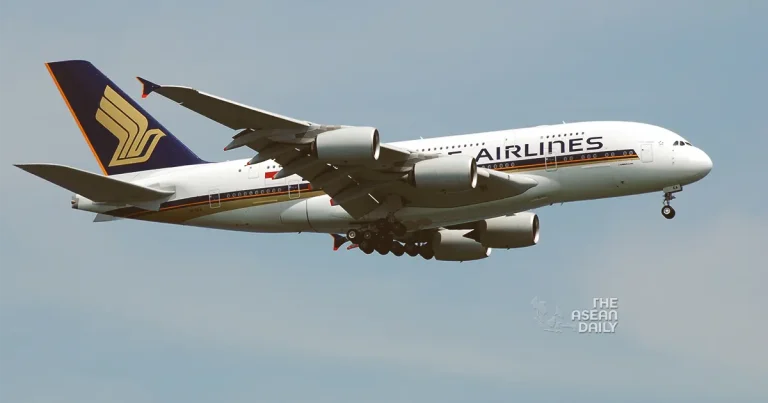1-8-2024 (SINGAPORE) Singapore’s flag carrier, Singapore Airlines (SIA), has issued a cautionary outlook for the year ahead, highlighting mounting pressures on its revenue and profitability. In a statement released on Wednesday, the airline warned that a crucial revenue metric is likely to remain under strain due to increasing competition and escalating fuel costs.
The global aviation industry is experiencing a robust resurgence in air travel demand, particularly during the peak summer months, as airlines worldwide expand their flight offerings and routes in the post-pandemic recovery phase. However, this surge in capacity has led to intensified competition, putting downward pressure on ticket prices and squeezing profit margins across the sector.
“The global airline industry continues to face challenges from increased competition, supply chain constraints, inflationary pressures on operating costs including from airports and service providers, and geopolitical uncertainties,” SIA stated. The carrier further cautioned that “passenger yields are expected to stay below the previous year’s levels as more capacity enters the market, particularly in the Asia-Pacific region.”
This prediction is underscored by the airline’s recent financial performance. In the June quarter, SIA’s yield – a key measure of flight profitability – dropped by 4.6 per cent to 10.3 Singaporean cents per kilometre, down from 10.8 Singaporean cents in the same period last year.
The financial strain is further exacerbated by rising operational costs. For the quarter ending 30 June, SIA reported a 14 per cent year-on-year increase in expenditure, reaching S$4.25 billion (US$3.17 billion). A significant contributor to this surge was fuel expenses, which skyrocketed by 30 per cent.
These factors have taken a toll on the airline’s bottom line. Net income for the quarter fell to S$452 million from S$734 million a year earlier, falling short of the S$504.6 million consensus forecast by Visible Alpha.
Despite the challenges, SIA has maintained a relatively strong operational performance. The Group, which includes Singapore Airlines and its budget subsidiary Scoot, reported a passenger load factor of 86.9 per cent. While this represents a slight decrease from 88.9 per cent a year earlier, it still indicates robust demand for air travel.




